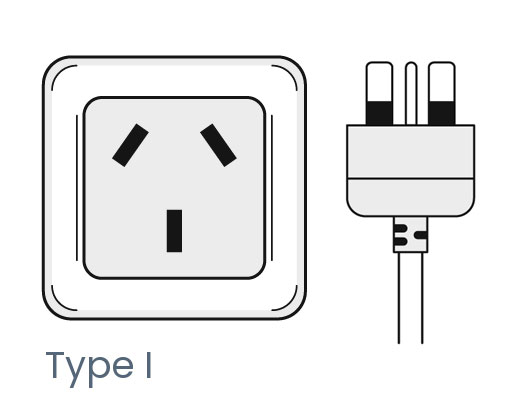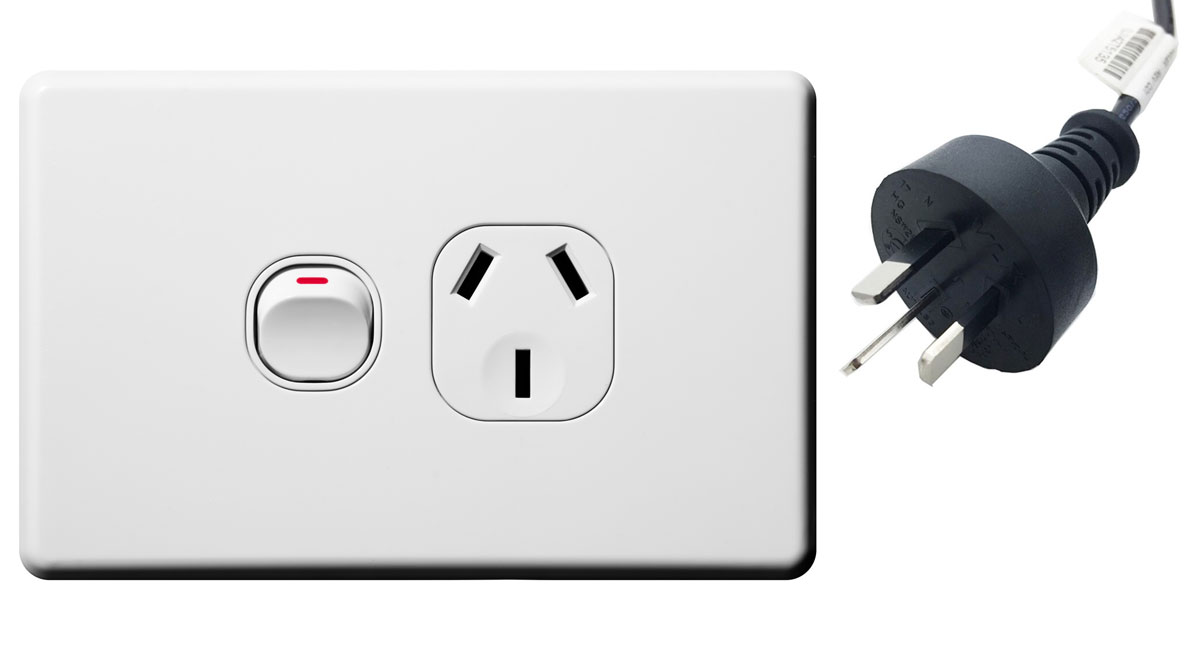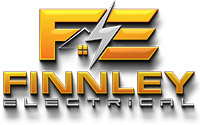In Australia, the standard plug type is Type I. This plug features a trio of flat pins arranged in a unique triangular configuration. The Australian electrical system operates with a frequency of 50Hz and is designed to accommodate a supply voltage of 240V AC. When performing an electrical power point installation, the capacity of the outlets we use are rated for 10Amps, utilising a secure 3-pin earthed connection, ensuring safety and reliability. Several adjacent regions, including New Zealand, Papua New Guinea, Fiji, Argentina, and the Solomon Islands, also use Type I.
The International Electrotechnical Commission (IEC) “world plugs” website calls the Australian electrical plug a Type I plug. It consists of three flat pins measuring 10 millimetres wide and 31 millimetres long. It’s important to note that overseas plugs don’t fit into Australian outlets, and vice versa, so if you are travelling abroad make sure you have the right adapter.
In 1937, Australia introduced its mains plug configuration as a provisional standard (C112). This became an official Standard C112 in 1938 and was revised to AS3112 in 1981. Finally, it was harmonized with the New Zealand standard and rebranded as AS/NZS3112 by 1993.
Australian Standards AS/NZS 3112:2000 and AS/NZS3112:2004 provide the rules for the insulation of Active and Neutral pins on Australian Mains Plugs. Moreover, 15Amp and 20Amp configurations are defined in this same standard. So if you want to make sure your plugs abide by set regulations – these are the standards you need to reference.
The 3 flat pins on the Australian plug wiring configuration are made up of an Active, Neutral and Earth connection.

Australia Type I Plug – Image from world-power-plugs.com
Is the Australian plug the same as the UK?
No, the plug used in Australia is not the same as the one used in the United Kingdom. The UK uses a 3-pin plug with a large rectangular grounding pin, whereas Australia uses a 3-flat-pin plug without an extra ground pin. So if you are travelling to England ensure you purchase an appropriate travel adaptor first.
Does Australia use EU or US plugs?
No, Australia does not use the same plugs as the EU or US. Australian outlets are rated for 10Amps with a 3-pin earthed connection, working off of 240V AC at 50Hz, whereas the US and Europe operate on 110V/120V AC at 60Hz. The pins of the US 110V plugs are flat, but tilted at an angle to prevent accidental insertion into wrong sockets.
Are US and Australia plugs the same?
No, the plugs used in the United States are not the same as the ones used in Australia. The US uses a 3-pin plug with two flat parallel pins and one round grounding pin, whereas Australia uses a 3-flat-pin plug without an extra ground pin.
AS/NZS 3112
AS/NZS 3112 is the unified Australian and New Zealand guideline for electrical AC plugs (male) and sockets (female). It is commonly used in places like Australia, Argentina, New Zealand, Fiji Islands, Tonga Archipelago, Solomon Islands as well as Papua New Guinea to name a few. This standard ensures safe power transmission throughout these countries.
For the last two decades, with the exception of Western Australia and Queensland which has retained 240 V, most regions in Australia have had a nominal voltage of 230 V. Even though this is still true for Queensland at present, they are transitioning to use 230 V as well.
New Zealand and Argentina use 230V voltage, Fiji, Tonga and Papua New Guinea operate with a 240V power source while the Solomon Islands have 220V. China also has type I plugs and sockets but is distinguished by reversed live (active) and neutral pins; additionally they are built with earth uppermost as well as live on the right side. As previously mentioned, their voltages sit at 220 V too.
Travellers and those buying appliances from abroad or online must be aware of voltage variations which may cause compatibility issues. Devices designed for 230V will usually run correctly between 220-240, but plugging a 110 volt appliance into a 230V outlet can result in damage to the device. You can avoid this by using an adapter with a transformer if necessary. There are other differences between 220v and 240v that you should be aware of but if you have any specific questions don’t hesitate to reach out to us. All countries operate on mains frequency 50 Hz.
Variants
In Australia and New Zealand, the average domestic socket outlets function with a standard single phase 230 V current, maxing out at 10 A.
If your requirements are more demanding, there is an extensive selection of variants with a current rating up to 32A.
- The 15 A outlet has a wider Earth pin than the 10 A outlet.
- The 20 A outlet has a wider Earth pin and wider Line and Neutral pins.
- The 25 A outlet has an inverted “L” shaped Earth pin and wider Line and Neutral pins.
- The 32 A outlet has a sideways “U” shaped Earth pin and wider Line and Neutral pins.

AS/NZS 3112. (2023, February 6). In Wikipedia. https://en.wikipedia.org/wiki/AS/NZS_3112


